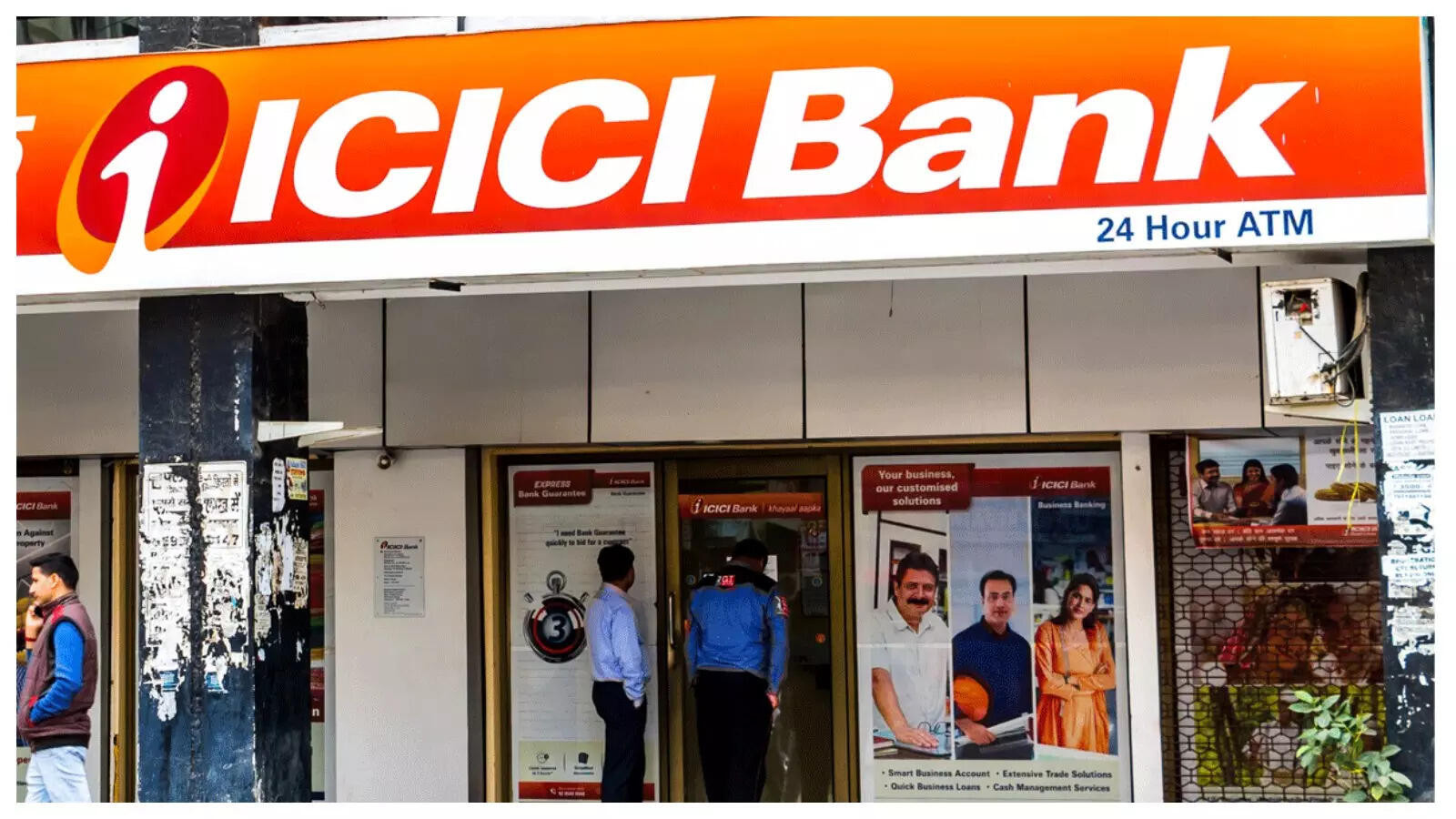HDFC Bank and ICICI Bank both reported robust earnings growth for the June 2025 quarter, fueled by increased interest and non-interest income. HDFC Bank announced a bonus issue and dividend, with net profit rising 12.2%. ICICI Bank’s net profit grew by 15.4%, driven by income growth, while both lenders expressed caution regarding margin pressures and certain retail lending segments.
Banking on Success: A Deep Dive into HDFC and ICICI’s Blockbuster Quarter
The financial landscape just got a whole lot brighter, and it’s shimmering with the success of two titans: HDFC Bank and ICICI Bank. Forget slow growth; these powerhouses have kicked off the fiscal year with record-breaking profits, painting a picture of robust health in the Indian banking sector. So, what’s fueling this impressive surge? Let’s unpack the key drivers behind their triumphant Q1 performance.
Riding the Wave of Credit Demand
One of the major catalysts behind HDFC and ICICI’s stellar performance is the sheer demand for credit. As the Indian economy continues its upward trajectory, businesses are expanding, consumers are spending, and everyone, it seems, is looking to borrow. This surge in lending has translated directly into fatter interest income for the banks. Both institutions reported substantial growth in their loan books, signaling a healthy appetite for borrowing across various sectors. It’s a classic case of supply meeting demand, with HDFC and ICICI perfectly positioned to capitalize on the burgeoning needs of a dynamic economy.
Net Interest Margin: The Heartbeat of Profitability
At the heart of any bank’s success lies its net interest margin (NIM) – the difference between the interest it earns on loans and the interest it pays on deposits. Think of it as the bank’s profit on its core lending activities. A healthy NIM is crucial for sustained profitability, and both HDFC and ICICI delivered admirably on this front. Prudent lending practices, coupled with a favorable interest rate environment, have allowed them to maintain, and even improve, their NIMs, further boosting their bottom lines. In essence, they’re making more money on each loan they issue, and that’s a recipe for success. This increased profitability reflects positively on  HDFC Bank’s overall financial health and strategic operational decisions.
HDFC Bank’s overall financial health and strategic operational decisions.
Beyond Lending: Diversifying Revenue Streams
While lending remains a cornerstone of their business, HDFC and ICICI aren’t putting all their eggs in one basket. They’ve been actively diversifying their revenue streams, tapping into fee-based income through services like wealth management, investment banking, and transaction processing. This diversification not only provides a buffer against fluctuations in the lending market but also allows them to cater to a wider range of customer needs. It’s a smart strategy that reflects a forward-thinking approach to banking, focusing on building a holistic financial services ecosystem.
Asset Quality: Keeping Bad Loans at Bay
Of course, strong profits are meaningless if they’re eroded by bad loans. Maintaining asset quality – keeping non-performing assets (NPAs) to a minimum – is paramount for any bank’s long-term stability. Both HDFC and ICICI have demonstrated a strong commitment to this, diligently managing their risk and keeping NPAs under control. This proactive approach to risk management instills confidence in investors and ensures that their impressive profits aren’t just a fleeting illusion. They’re building a foundation for sustainable growth, not just chasing short-term gains.
Looking Ahead: The Road to Continued Success
So, what does the future hold for these banking giants? The initial indicators suggest a continued period of growth and profitability. With the Indian economy projected to maintain its momentum, the demand for credit is likely to remain strong. HDFC and ICICI, with their strong balance sheets, diversified revenue streams, and prudent risk management practices, are well-positioned to capitalize on these opportunities. Of course, challenges remain. Navigating evolving regulatory landscapes, adapting to rapidly changing technology, and maintaining a competitive edge will be crucial for sustained success. But, judging by their recent performance, these banking powerhouses are more than ready to meet those challenges head-on.
To further explore how banks are adapting to technological advancements, check out our article on [digital banking trends](internal-link-to-related-content).
In conclusion, HDFC and ICICI’s blockbuster Q1 performance is a testament to their strategic prowess, operational efficiency, and ability to capitalize on the opportunities presented by a growing Indian economy. Their success signals a healthy and dynamic banking sector, poised to play a vital role in India’s continued economic ascent.







